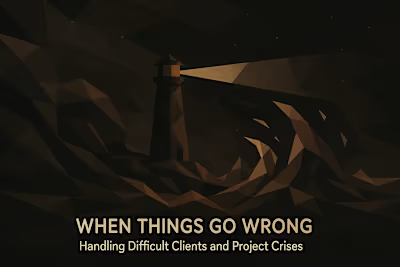Global Collaboration: Working Seamlessly with Shopify Developers Across Time Zones

Global Collaboration: Working Seamlessly with Shopify Developers Across Time Zones
Mastering Asynchronous Communication
Embrace a Documentation-First Culture
Over-Communicate with Clarity
Use Video for Complex Topics
Finding the 'Golden Hours': Maximizing Overlap
Use Time Zone Visualization Tools
Rotate Meeting Times
Make Real-Time Meetings Highly Efficient
Building Team Cohesion Across Distances
Create a Virtual 'Water Cooler'
Be Aware of Cultural Differences
Legal and Payment Considerations for Global Talent
Ensure Compliant Contracts
Navigate International Payments and Taxes
References
Global Collaboration: Working Seamlessly with Shopify Developers Across Time Zones
Mastering Asynchronous Communication
Embrace a Documentation-First Culture
Over-Communicate with Clarity
Use Video for Complex Topics
Finding the 'Golden Hours': Maximizing Overlap
Use Time Zone Visualization Tools
Rotate Meeting Times
Make Real-Time Meetings Highly Efficient
Building Team Cohesion Across Distances
Create a Virtual 'Water Cooler'
Be Aware of Cultural Differences
Legal and Payment Considerations for Global Talent
Ensure Compliant Contracts
Navigate International Payments and Taxes
References
Posted Jul 4, 2025
Turn time zones into a competitive advantage. Learn how to master asynchronous communication, find overlap hours, and use the right tools to work with global Shopify developers.










